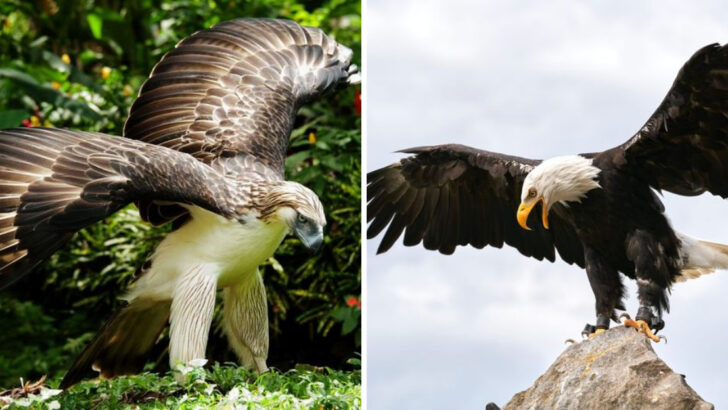One is America’s feathered symbol of pride.
The other? A stealthy jungle hunter with talons like daggers.
When the Bald Eagle faces off against the Philippine Eagle, it’s not just a bird battle—it’s a clash of aerial legends. One rules the skies of the North with icy glare and a seven-foot wingspan. The other stalks the canopy with silent fury and eyes that don’t miss.
They’re both apex predators. Both built for domination. But which one takes the crown when it’s strength, size, and raw power on the line?
Get ready to compare beaks, brawn, and brutal hunting skills. This isn’t just birdwatching—this is war in the skies.
Size and Wingspan

The sheer size of these birds is astounding. The Bald Eagle boasts a wingspan stretching up to 8 feet, making it an impressive sight in the sky. The Philippine Eagle, however, is no slouch either, with a wingspan reaching about 7 feet.
While the Bald Eagle is heavier, the Philippine Eagle is often considered the largest eagle in terms of length. This gives them a commanding presence in their respective habitats.
These dimensions are pivotal in their hunting capabilities, providing them with the agility to soar and strike with precision.
Hunting Skills
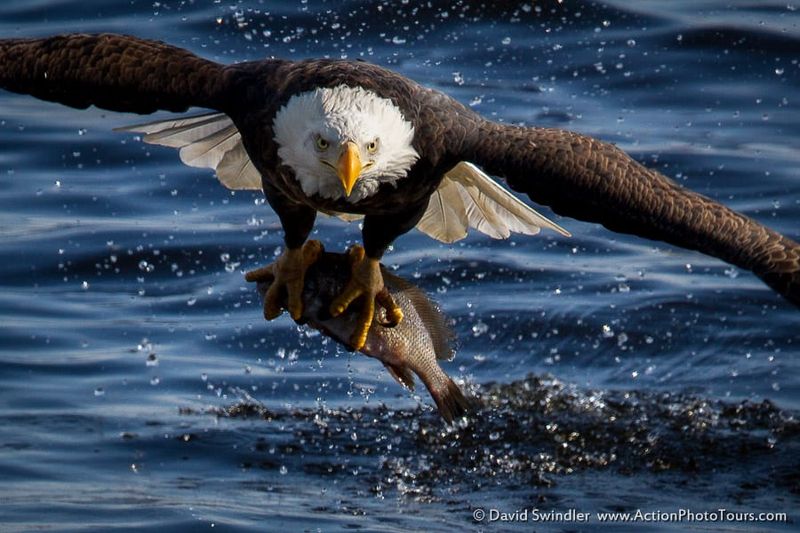
When it comes to hunting prowess, both eagles are exceptional predators. The Bald Eagle is famed for its ability to snatch fish from water with remarkable efficiency. Its sharp talons and keen eyesight make it a masterful fisherman.
On the other hand, the Philippine Eagle preys on monkeys and other mammals, showcasing its incredible strength and agility. Its sharp beak and powerful claws enable it to capture and subdue larger prey.
These hunting skills highlight the adaptive strategies each eagle has developed to thrive in its environment.
Habitat and Range

The habitats of these eagles are as distinct as their appearances. The Bald Eagle predominantly resides in North America, favoring coastal regions, large lakes, and rivers. Its range spans from Alaska to northern Mexico.
Conversely, the Philippine Eagle is native to the Philippines, dwelling in tropical rainforests. It requires a large territory for hunting and nesting.
These locations emphasize the diversity in environmental adaptation, reflecting how each eagle thrives in its unique setting, coping with different climatic and ecological challenges.
National Symbolism

Symbolism adds a layer of prestige to these eagles. The Bald Eagle is synonymous with freedom and power in the United States, gracing the Great Seal and numerous emblems. It represents resilience and strength.
The Philippine Eagle, declared the national bird of the Philippines, symbolizes pride and the rich biodiversity of the archipelago. Its conservation highlights the importance of protecting natural heritage.
Both birds serve as potent symbols of national identity, demonstrating the cultural and historical significance they hold in their respective countries.
Conservation Status

Conservation efforts play a crucial role in these eagles’ survival. The Bald Eagle was once endangered due to hunting and environmental toxins, but successful conservation measures have led to its comeback. It’s now classified as “Least Concern.”
The Philippine Eagle, however, remains critically endangered, facing threats from deforestation and habitat loss. Conservationists work tirelessly to protect this majestic bird.
These efforts reveal the ongoing challenges and triumphs in wildlife conservation, underscoring the need for continued vigilance in preserving these iconic species.
Dietary Preferences
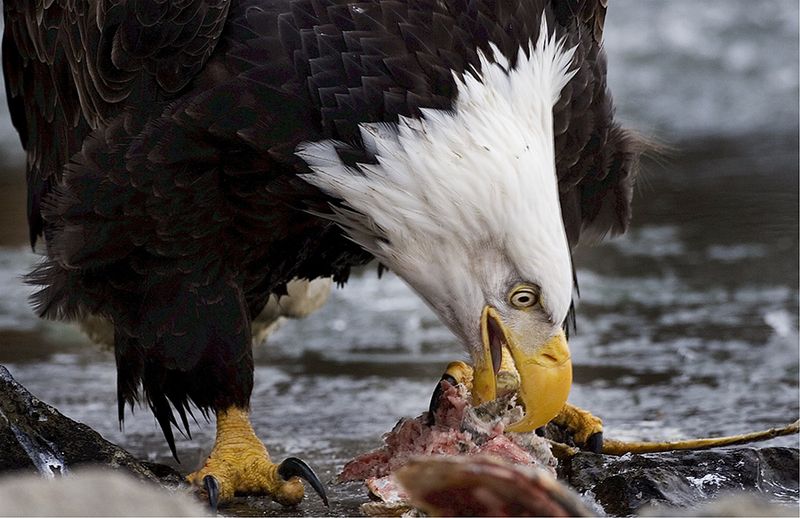
Each eagle has adapted to its environment through its diet. The Bald Eagle primarily feeds on fish, reflecting its affinity for aquatic environments. Its fishing skills are unparalleled, and it occasionally scavenges.
In contrast, the Philippine Eagle’s diet consists mainly of mammals like monkeys and flying lemurs. This diet requires strength and stealth to capture agile prey.
Their dietary preferences highlight their ecological roles as top predators, maintaining the balance within their respective ecosystems. These feeding habits are integral to their survival and ecological impact.
Lifespan and Longevity
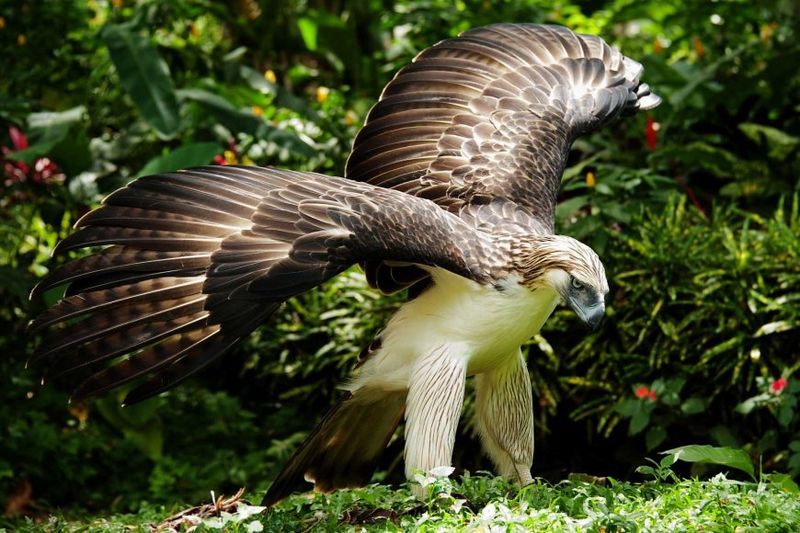
The lifespan of an eagle speaks to its survival strategies. Bald Eagles can live up to 20-30 years in the wild, with even longer lifespans in captivity. They are known for their adaptability and resilience.
The Philippine Eagle has a similar lifespan, although less is known due to its endangered status. These eagles demonstrate longevity by overcoming environmental challenges.
Understanding their lifespan provides insight into their life history traits, including reproductive strategies and survival mechanisms. Both species illustrate the endurance required to thrive in the wild.
Reproductive Behaviors
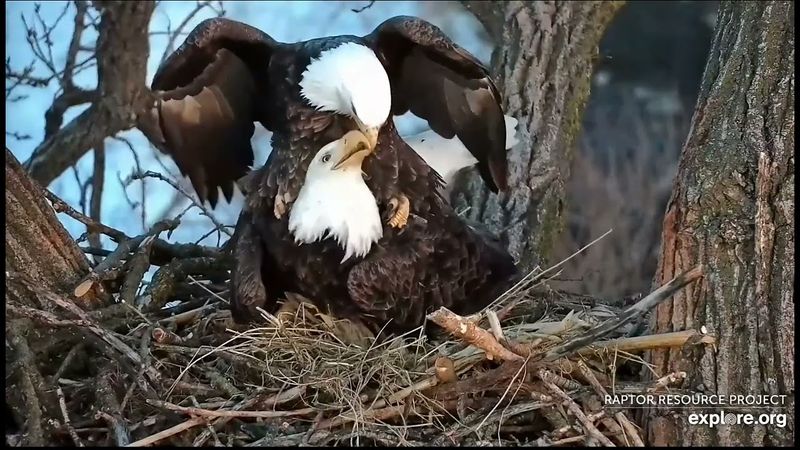
Reproductive behaviors are crucial for species continuation. Bald Eagles build large nests near water bodies, often returning to the same nests annually. They are diligent parents, raising one to three eaglets per breeding season.
The Philippine Eagle constructs nests high in rainforest trees. With a longer breeding cycle, they typically raise a single chick every two years, investing significant care and resources.
These behaviors reflect their reproductive strategies, where nurturing offspring is vital for survival. The contrasting approaches highlight their adaptability and dedication in ensuring the next generation.
Vocalizations and Communication

Communication is essential for coordination and territory defense. The Bald Eagle’s call is high-pitched and often described as weak compared to its imposing stature. It’s used primarily for interaction and alerting.
In contrast, the Philippine Eagle’s vocalizations are loud and distinct, echoing through the dense forests. These calls play a crucial role in territory establishment and mate interaction.
Understanding their vocal behaviors highlights the importance of sound in their social structure and environmental adaptation, offering a glimpse into their communication dynamics.
Predatory Adaptations
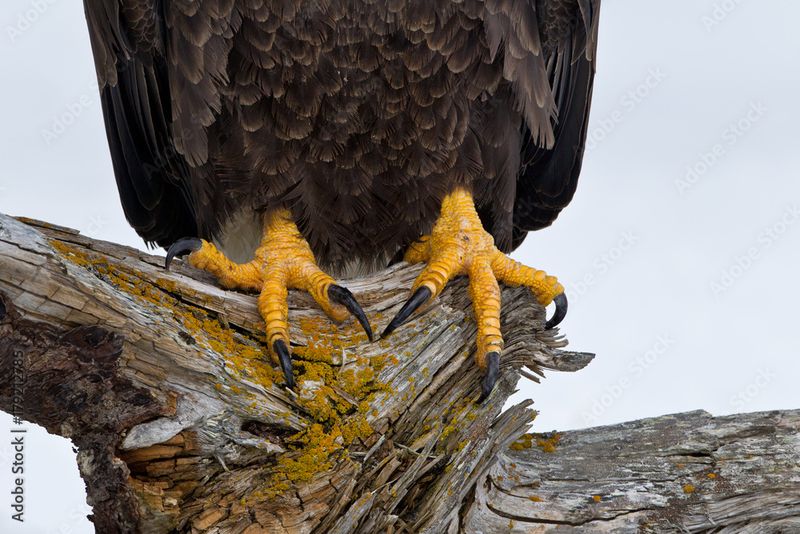
Predatory adaptations define their hunting prowess. The Bald Eagle possesses powerful talons and sharp beaks, ideal for catching fish and defending territory. This bird is built for speed and precision.
The Philippine Eagle, with its massive beak and strong legs, is equipped for hunting larger prey. These adaptations allow them to take on formidable opponents in their dense rainforest habitat.
These physical traits highlight the evolutionary paths that have equipped each eagle to reign supreme in their domains, emphasizing their roles as apex predators.
Cultural and Historical Impact
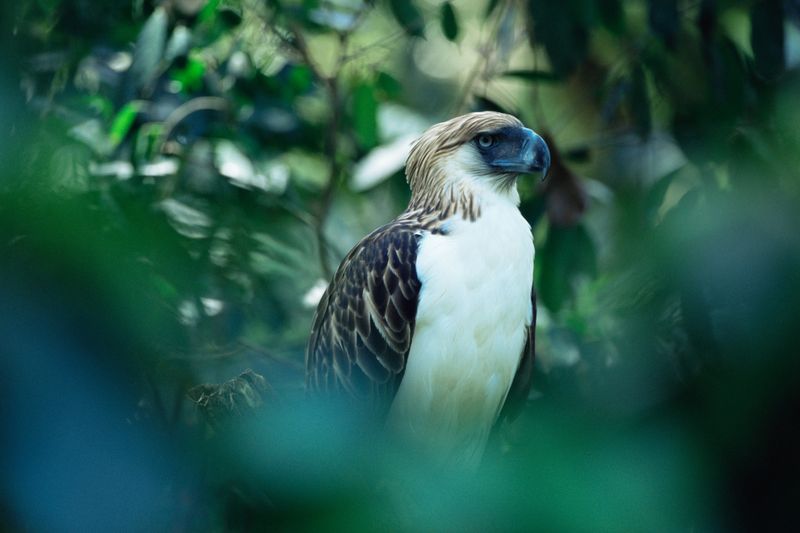
Eagles have left indelible marks on human culture. The Bald Eagle is woven into the fabric of American history, symbolizing freedom and strength, revered since the country’s founding.
The Philippine Eagle holds cultural significance in the Philippines, regarded as a symbol of pride and conservation awareness. Its image inspires efforts to protect the country’s unique biodiversity.
The cultural reverence for these birds underscores their influence beyond the natural world, reflecting the deep connection between humans and these majestic creatures.
Influence on Ecosystem
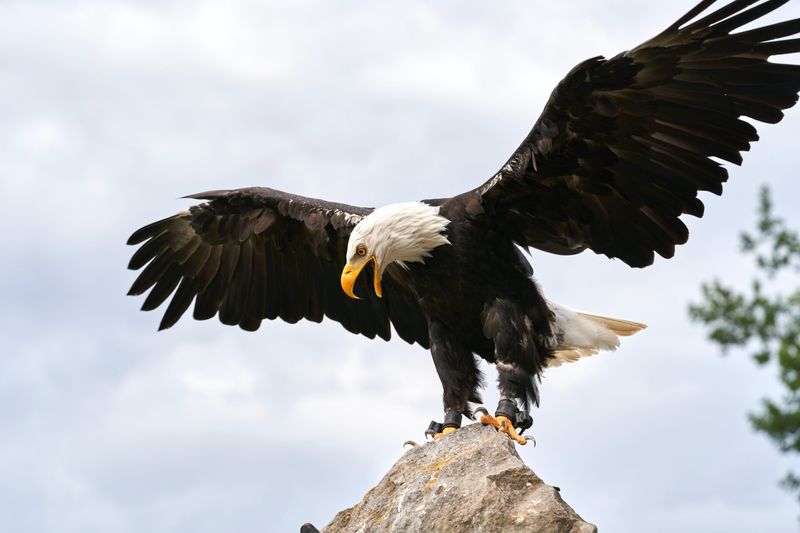
Each eagle plays a pivotal role in its ecosystem. The Bald Eagle helps control fish populations, maintaining aquatic ecosystem balance. Its presence indicates a healthy environment.
The Philippine Eagle, as an apex predator, regulates the populations of its prey, contributing to the forest’s ecological integrity. Its role is vital in maintaining biodiversity.
Their influence on ecosystems illustrates the intricate web of interactions in nature, showcasing the importance of predators in ecological stability and health. Preserving these eagles ensures the vitality of their habitats.

